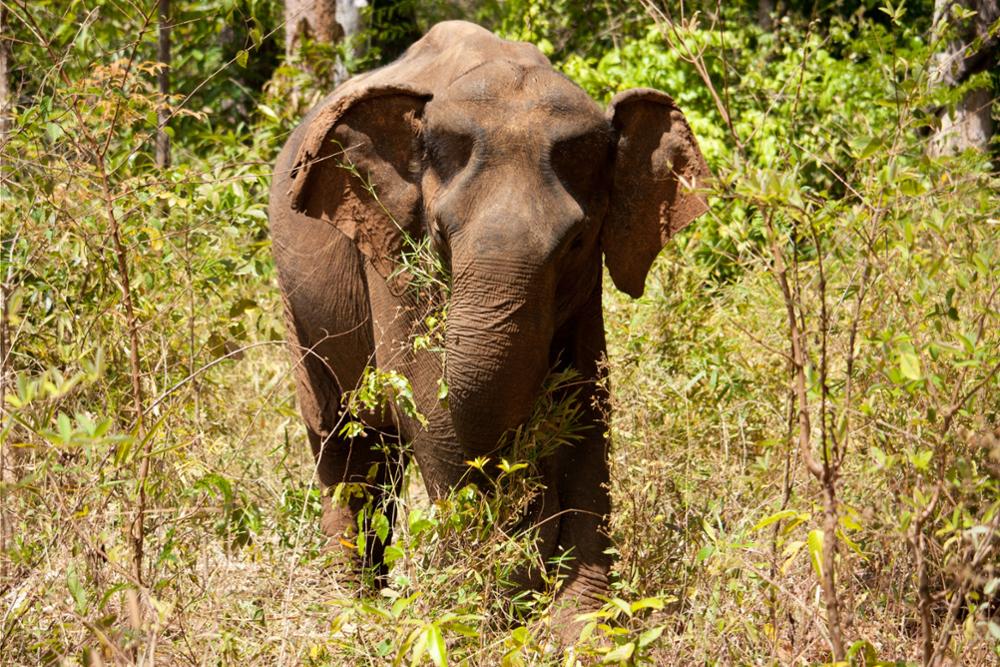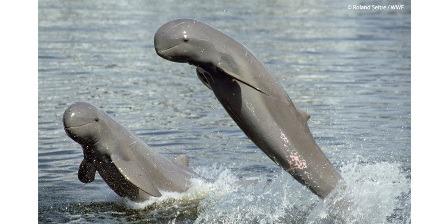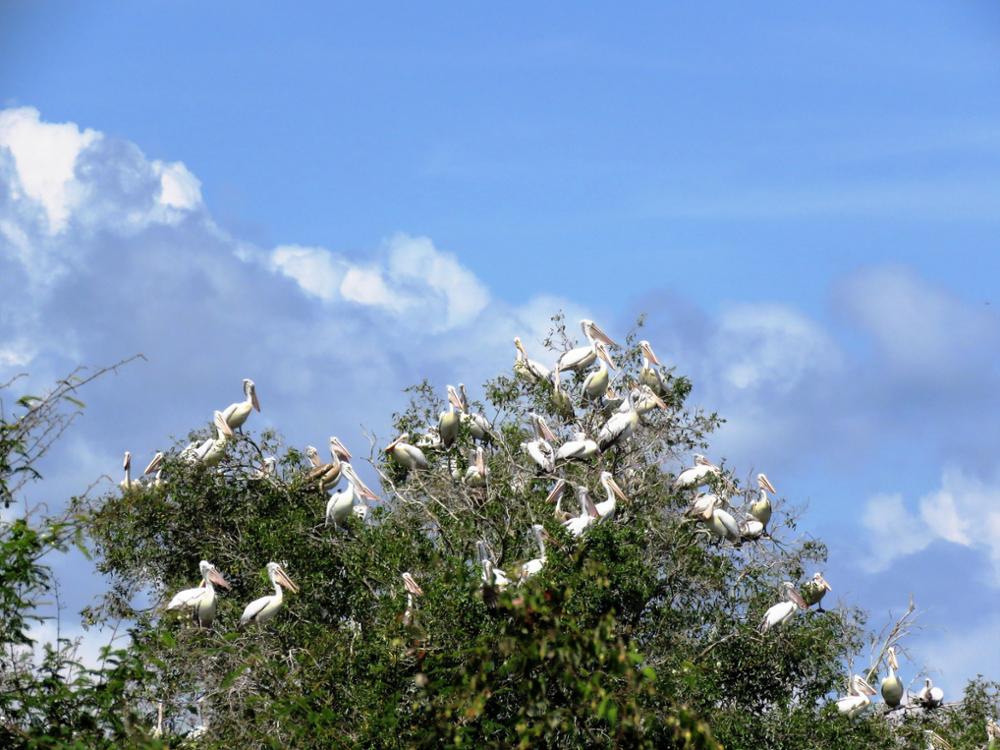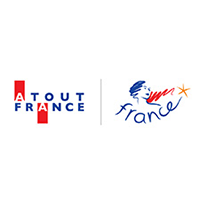Cambodia
Cambodia’s iconic wildlife
Cambodia — an exotic, little-known land from a European perspective — has long fascinated travelers with its extraordinary biodiversity. Since its discovery by the French in the mid-19th century, this country has been home to some of Southeast Asia’s most symbolic and sought-after animals. Here’s a look at the unique creatures that still roam the Kingdom today.
Once considered one of the most iconic animals of Southeast Asian jungles and grasslands, the Javan rhinoceros has disappeared from Cambodia and the former Indochina region. The last herds lingered briefly in Vietnam before being wiped out by poachers in 2010.
On a more hopeful note, WWF (World Wide Fund for Nature) publishes annual reports detailing new species discovered by researchers. In early 2019, the organization announced the discovery in Cambodia of the Rhacophorus rhodopus, a tree frog species never before seen on Earth.
Many animals in Cambodia are now critically endangered, including Asian elephants, Indochinese leopards, and Irrawaddy dolphins. Causes include deforestation and human disruption of the Mekong River ecosystem. These rare species continue to draw attention from travelers, but their observation must be done in line with guidelines from the IUCN (International Union for Conservation of Nature), which monitors species extinction risk.
In Cambodia’s countryside and rural heartlands, visitors can still encounter gaurs, oxen, cows, and water buffalo, as well as the elusive kouprey — a wild forest ox and national emblem of Cambodia, now critically endangered. The kouprey will even be the mascot of the upcoming Women's Pétanque World Championship, hosted in Phnom Penh this November.
Making a responsible choice to see Elephants
According to the Cambodia Elephant Rescue Organization, which launched the Mondulkiri Project several years ago to protect this species, the elephant population in Cambodia is estimated at 400. Seeing this legendary animal is a dream for many travelers worldwide — but one must approach it responsibly. Many sanctuaries and organizations are committed to ethical practices.
Our agency works with two of them: The Mondulkiri Project itself, and the Elephant Valley Project. Both strictly ban elephant rides (more explanation [here]), while others still attempt to normalize this activity by framing it as a form of adventure and exploration.

Mondulkiri and Ratanakiri offer vast reserves where exploring in search of elephants is possible! Head, for instance, to Virachey National Park near Banlung or the vast sanctuary run by the Mondulkiri Project near Sen Monorom.
The Irrawaddy Dolphins
In Kratié, lives a talkative and highly sought-after species for travelers in Cambodia — the Irrawaddy dolphin, or Mekong dolphin, call it what you like. These freshwater animals bring considerable charm to Kratié and its surroundings, and spark widespread interest — a real bonus for the province. Though endangered, they can still be seen in the wild — but boat trips on the Mekong must be supervised.

Birds in Cambodia
Our local agency offers tours through Cambodia’s major ornithological reserves. One example is Prek Toal, on the western edge of Tonlé Sap Lake, the largest freshwater lake in Southeast Asia. More than 100 species of birds live here, and organized tours allow you to observe them both by day and by night. You’ll cross floodplains and submerged forests to reach the heart of their habitat.
Some species are endemic to this zone, such as the giant ibis. Others are considered rare in Southeast Asia, like the greater adjutant stork, the Asian openbill, and the pelican.


